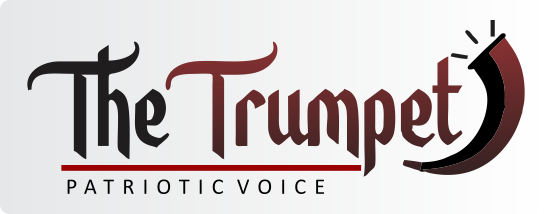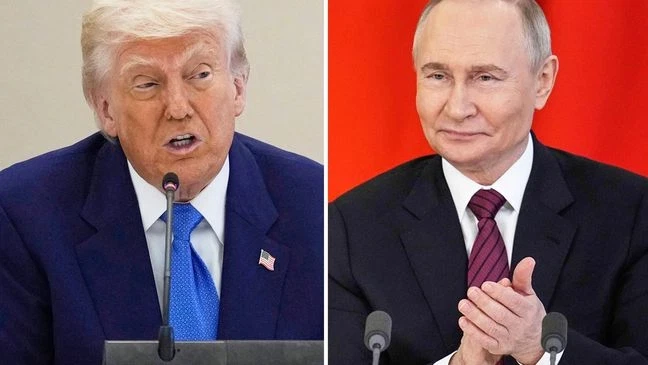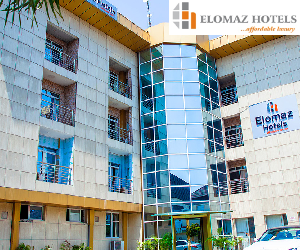United States President Donald Trump and Russian President Vladimir Putin have agreed to hold a face-to-face meeting in the coming days to discuss a possible ceasefire agreement between Russia and Ukraine. The announcement, confirmed by a senior Kremlin aide, comes as Trump’s deadline for Russia to halt its military aggression or face heightened sanctions looms just days away.
Trump, speaking during a White House briefing on Wednesday night, hinted that the proposed meeting may also include Ukrainian President Volodymyr Zelensky. He described the chance for a joint summit as a “very good prospect,” suggesting that direct negotiations between all three leaders may soon become a reality. The meeting could mark a pivotal moment in efforts to end the ongoing war, which has devastated Ukraine and strained global geopolitical relations.
The groundwork for the proposed summit was laid during a recent visit to Moscow by Trump’s envoy, Steve Witkoff. Wednesday’s talks marked Witkoff’s fifth visit to the Russian capital in recent months. While previous discussions raised hopes, they failed to yield any tangible progress. This latest round of diplomacy, however, appears to have sparked renewed momentum. Kremlin adviser Yuri Ushakov confirmed that the idea of a three-party summit was raised during Witkoff’s discussions and that both sides are now working on logistical details, including the venue, which has already been agreed upon.
Zelensky, in a post on X, welcomed the summit proposal, stating that Ukraine has long supported high-level talks to find real, lasting solutions to the war. He emphasized the need to finalize both the timing and the key issues that would be on the agenda. European leaders reportedly joined Trump and Zelensky on a recent call to discuss the next steps in the peace process.
Despite growing international pressure, Russia has continued its aerial bombardment of Ukrainian territory, casting doubt on the likelihood of a breakthrough before Trump’s ceasefire deadline on Friday. Still, the urgency of the situation and Trump’s intensified diplomatic push have raised global attention and expectations.
Read Also:
- Stanford Daily sues Trump over crackdown on free speech by international students
- Trump’s envoy meets Putin as Ukraine ceasefire deadline looms
- Trump hits India with extra 25% tariff for buying Russian oil
During his Wednesday briefing, Trump downplayed the likelihood of immediate success, calling the current state of negotiations “not a breakthrough” but underscoring his long-term commitment to ending the conflict. “There are thousands of young people dying. I’m here to get the thing over with,” he told reporters, striking a somber tone.
The Kremlin’s public statement on Witkoff’s latest visit was vague but described the discussions as “constructive,” with both sides reportedly exchanging diplomatic “signals” that suggest cautious optimism.
Trump’s administration is tightening the screws on Russia’s allies as well. On Wednesday, he signed an executive order imposing a 25% tariff on Indian imports in response to India’s ongoing purchase of Russian oil, signaling that the U.S. is prepared to take broader economic measures to curb support for Moscow’s war effort.
Last month, Trump acknowledged in an interview with the BBC that he had felt personally disappointed by Putin after earlier rounds of talks failed to produce results. Despite that, Trump maintains that with the right diplomatic approach, a peace deal is still within reach. He has repeatedly claimed that he would be able to end the war quickly, remarks that are now under intense global scrutiny as his strategy unfolds in real time.
As the world watches, all eyes are now on the upcoming Trump-Putin meeting, which could represent a turning point in the most devastating conflict on European soil since World War II.







